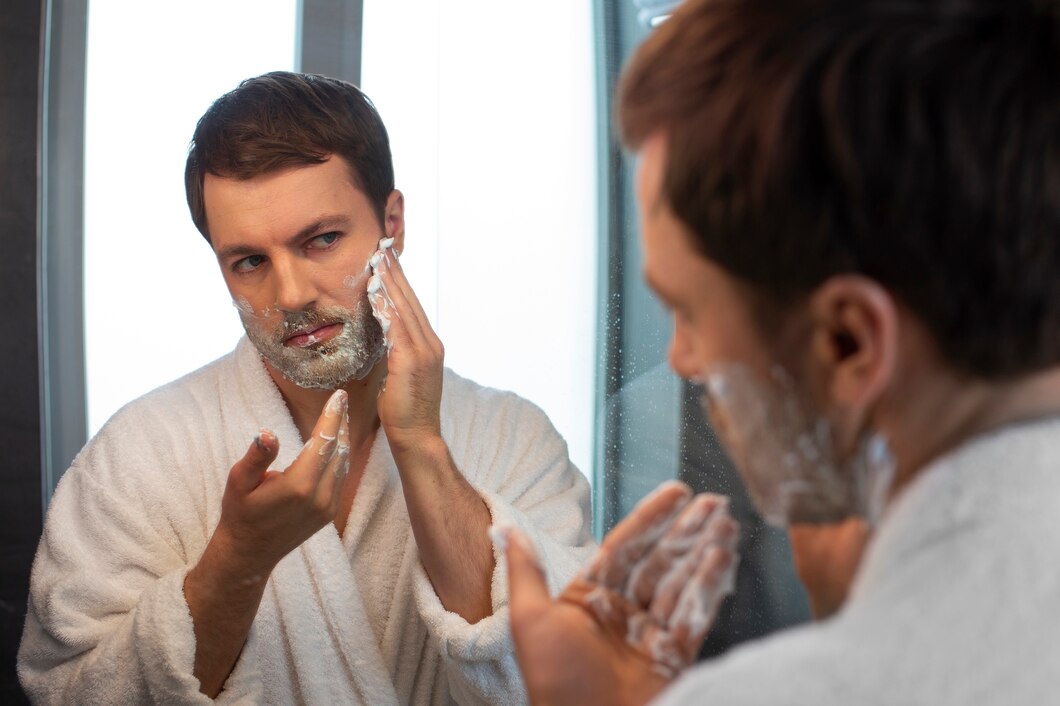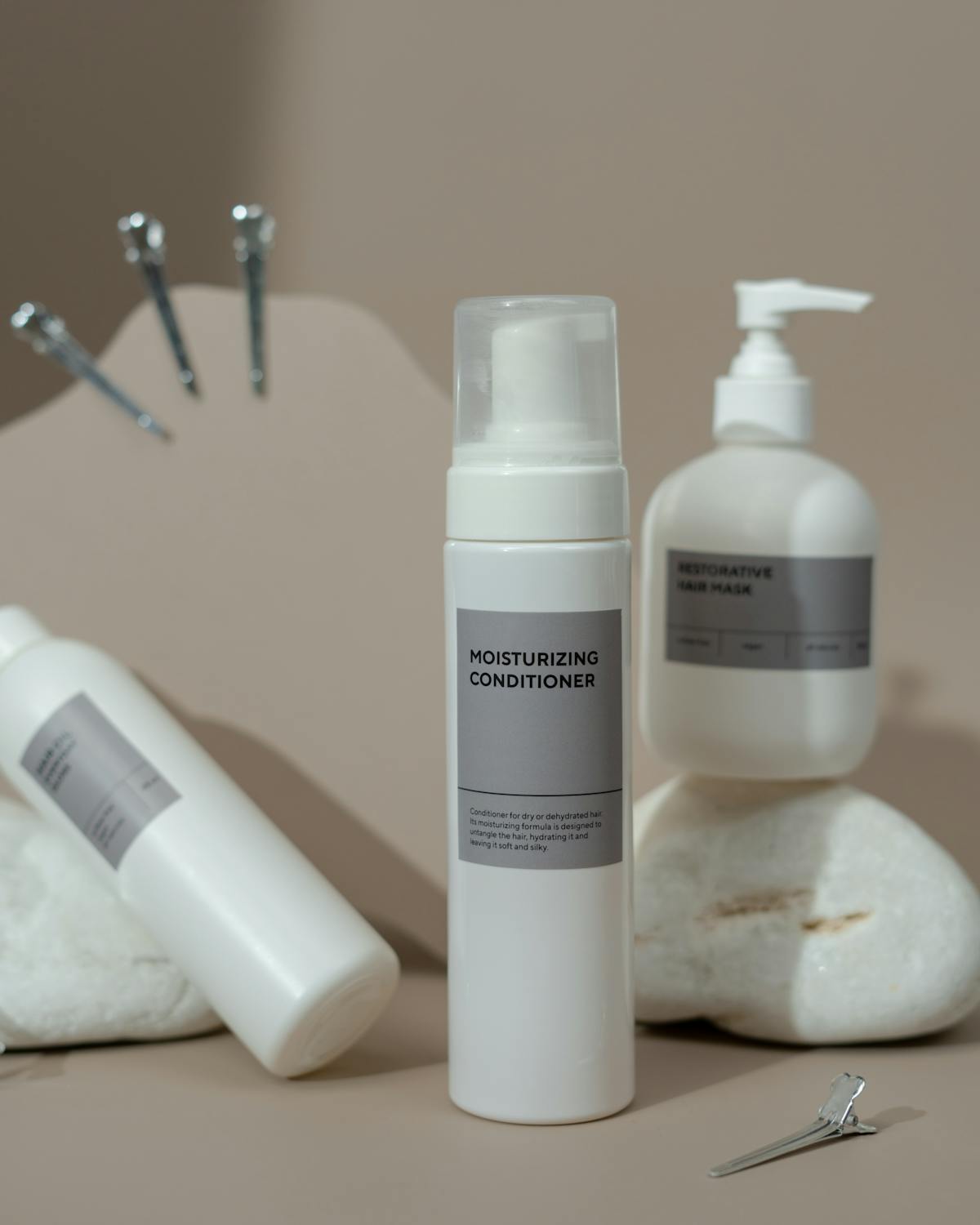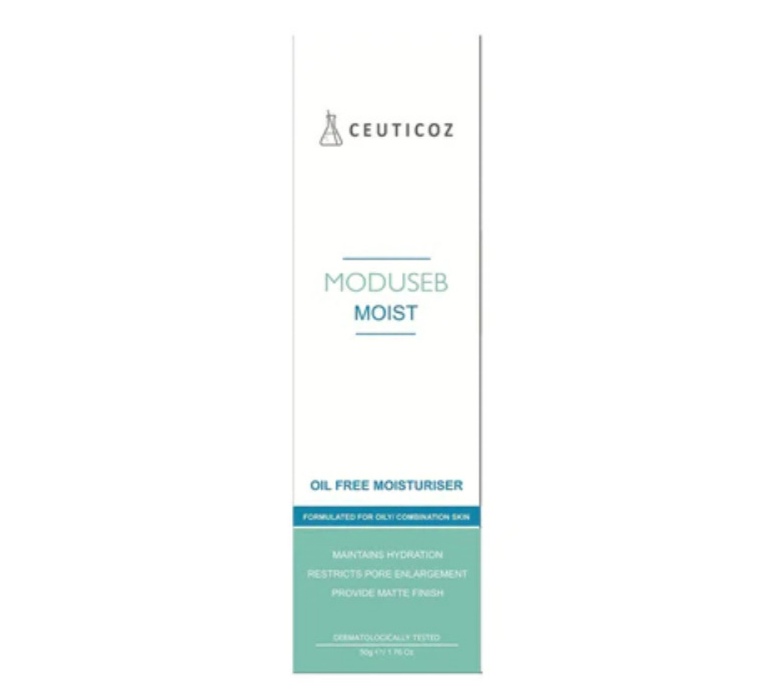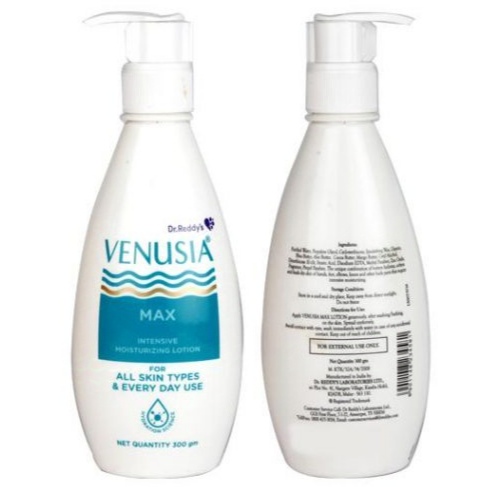Introduction
Oily skin can be a challenge, especially for men who often deal with a greasy complexion, frequent breakouts, and enlarged pores. But with the right skincare routine, managing oily skin is entirely possible. A proper routine can help you control shine, reduce breakouts, and maintain healthy, clear skin. In this guide, we’ll walk you through an easy, effective skincare routine tailored specifically for men with oily skin.
Understanding Oily Skin
Oily skin occurs when the sebaceous glands in the skin produce excess sebum, a natural oil that helps protect and hydrate the skin. While sebum is essential, too much of it can lead to clogged pores, acne, and that notorious greasy sheen.
Causes: Oily skin is often a result of genetics, hormonal changes, or environmental factors. Stress, diet, and improper skin care can also exacerbate oil production.
Characteristics: Men with oily skin typically experience a shiny complexion and larger pores and are more prone to blackheads, pimples, and other types of acne.
Myths: A common misconception is that oily skin doesn’t need moisturizing. In reality, skipping moisturizer can signal the skin to produce even more oil to compensate for the lack of hydration.
Step-by-Step Men’s Skincare Routine for Oily Skin
Cleansing
Cleansing is the cornerstone of any skincare routine, particularly for those with oily skin. It helps remove excess oil, dirt, and impurities that can clog pores and lead to breakouts.
Frequency: Cleanse your face twice daily—once in the morning and again before bed. Over-cleansing can strip your skin of natural oils, leading to increased oil production.
Product Suggestion: Opt for a gentle, oil-free cleanser containing ingredients like salicylic acid or glycolic acid, which are effective in controlling oil and preventing acne. Products like CeraVe Foaming Facial Cleanser or La Roche-Posay Effaclar Purifying Foaming Gel are great options.
Exfoliation
Exfoliating helps remove dead skin cells that can clog pores and lead to breakouts, making it an essential step for those with oily skin.
Frequency: Exfoliate 2-3 times a week. Over-exfoliating can irritate the skin and cause it to produce more oil.
Product Suggestion: Use a chemical exfoliant with beta hydroxy acids (BHAs), like salicylic acid. BHAs penetrate deep into the pores to clear out excess oil and dead skin cells. Consider using Paula’s Choice Skin Perfecting 2% BHA Liquid Exfoliant.
Toning
A toner helps to remove any remaining impurities after cleansing and exfoliating, tightens pores, and balances the skin’s pH levels.
Purpose: Toners can also help absorb excess oil and prepare your skin for the next steps in your routine.
Product Suggestion: Choose an alcohol-free toner to avoid over-drying the skin. Look for toners with ingredients like witch hazel, which is known for its astringent properties, or tea tree oil, which has natural antibacterial benefits. Thayers Witch Hazel Toner is a highly recommended option.
Moisturizing
Moisturizing might seem counterintuitive for oily skin, but it’s a crucial step to keep your skin hydrated and balanced.
Importance: A good moisturizer helps to maintain the skin’s moisture barrier, preventing it from overproducing oil.
Product Suggestion: Use a lightweight, non-comedogenic moisturizer that won’t clog pores. Look for ingredients like hyaluronic acid, which hydrates the skin without adding oil, or niacinamide, which helps regulate sebum production. Neutrogena Hydro Boost Water Gel and The Ordinary Natural Moisturizing Factors + HA are both excellent choices.
Sun Protection
Sunscreen is essential for protecting your skin from harmful UV rays, which can cause premature aging and increase the risk of skin cancer.
Necessity: Even if you have oily skin, sunscreen is non-negotiable. Opt for a formula that is oil-free and won’t leave a greasy residue.
Product Suggestion: Choose a broad-spectrum, non-comedogenic sunscreen with at least SPF 30. Products like EltaMD UV Clear Broad-Spectrum SPF 46 and La Roche-Posay Anthelios Melt-in Milk Sunscreen SPF 60 are specially formulated for oily skin.
Additional Tips for Managing Oily Skin

Diet and Hydration: What you eat can impact your skin. A diet high in sugar and processed foods can trigger excess oil production. Include more fruits, vegetables, and omega-3 fatty acid-rich foods in your diet.. Also, staying hydrated helps flush out toxins and maintain healthy skin.
Stress Management: Stress increases cortisol levels, which can lead to more oil production and breakouts. Regular exercise, meditation, and proper sleep can help manage stress and keep your skin under control.
Regular Face Masking: Clay masks are a great way to draw out impurities and absorb excess oil. Use a clay mask once a week, such as Aztec Secret Indian Healing Clay, to keep your skin clear and matte.
Avoid Over-Washing: It’s tempting to wash your face multiple times a day to combat oil, but over-washing can strip the skin of its natural oils and cause it to produce even more oil. Stick to cleansing twice daily.
Recommended Products for Men’s Oily Skin

Cleansers:
CeraVe Foaming Facial Cleanser: A gentle cleanser that removes dirt and oil while maintaining the skin’s natural barrier.
La Roche-Posay Effaclar Purifying Foaming Gel: Perfect for oily, sensitive skin, it cleanses deeply without over-drying.
Moisturizers:
Neutrogena Hydro Boost Water Gel: A lightweight, oil-free moisturizer that provides hydration without heaviness.
The Ordinary Natural Moisturizing Factors + HA: A simple, effective moisturizer that hydrates and repairs the skin’s barrier.
Sunscreens:
EltaMD UV Clear Broad-Spectrum SPF 46: This sunscreen is lightweight, oil-free, and contains niacinamide to help calm and protect the skin.
La Roche-Posay Anthelios Melt-in Milk Sunscreen SPF 60: A powerful sunscreen that protects against UVA/UVB rays without clogging pores.
Spot Treatments:
Differin Gel: An over-the-counter retinoid that treats acne and helps prevent future breakouts.
Mario Badescu Drying Lotion: A quick-acting spot treatment that helps shrink pimples overnight.
Conclusion
Maintaining a skincare routine tailored for oily skin can make a world of difference in how your skin looks and feels. Consistency is key—stick with this routine, and over time, you’ll likely see fewer breakouts, less shine, and a more balanced complexion. Remember, skincare is an investment in your overall health and confidence. Start with these simple steps, and adjust as needed to find what works best for your skin.










